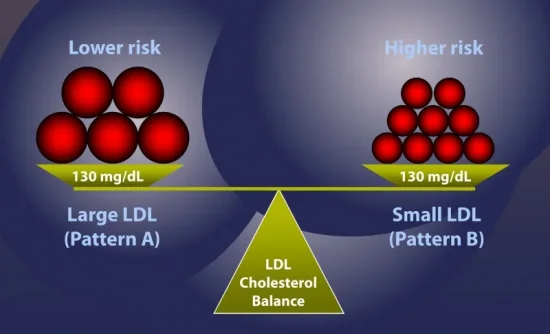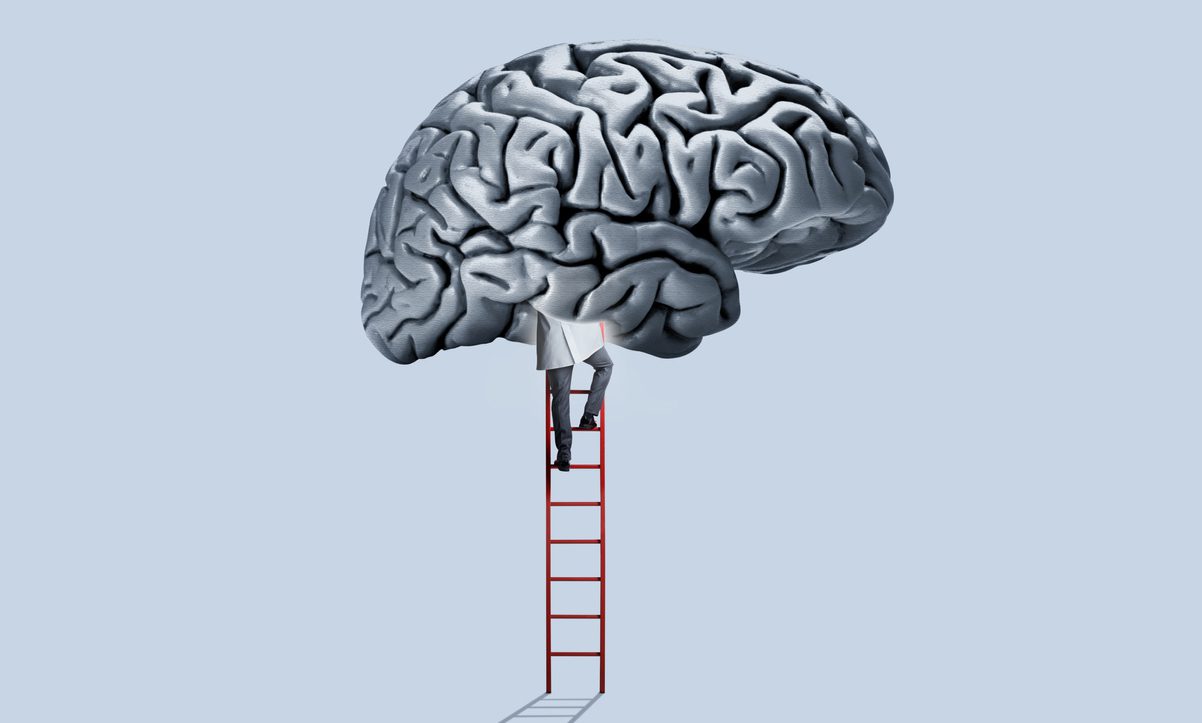he study has just been published in the journal Alzheimer’s & Dementia: The Journal of the Alzheimer’s Association. The researchers recruited 180 healthy participants with an average age of nearly 77 and analyzed samples of their blood plasma and cerebrospinal fluid. Using a sensitive technique known as ion mobility, originally developed by study co-author Ronald Krauss, M.D., at the University of California, San Francisco, the investigators were able to identify, count and measure the size of individual HDL particles. A subset of 141 participants also completed a battery of cognitive tests.
Of the participants who took the cognitive tests, the ones with higher levels of small HDL particles in their cerebrospinal fluid performed better, independent of their age, sex, education or whether or not they carried the APOE4 gene, which puts them at higher risk for Alzheimer’s disease. The correlation was even stronger among those who had no cognitive impairment. The evidence suggests that these HDL particles may be key to finding treatments that would work early in the disease process, long before cognitive decline occurs.
“What we’re finding here is that before the onset of cognitive impairment, these oils — these small HDL particles — are lubricating the system and keeping it healthy,” he said. “You’ve got a time to intervene with exercise, drugs or whatever else to keep brain cells healthy. We still need to understand the mechanisms that promote the production of these particles, in order to make drugs that increase small HDL in the brain.”
Related News Research visionaries strive to transform care with bold thinking, diligence and perseverance October 14, 2024

keck.usc.edu














